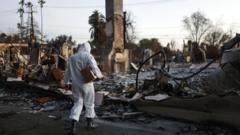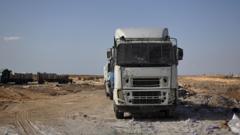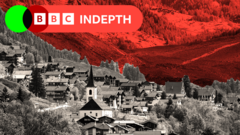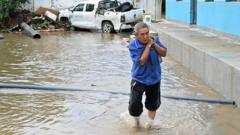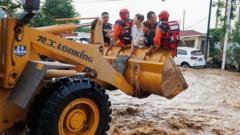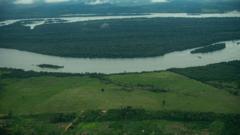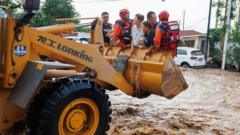The flash floods in Valencia left over 200 dead, primarily due to a combination of severe rainfall, poor urban planning, and individual actions during the crisis. Key insights reveal the geographic vulnerabilities and the enhanced effects of climate change that contributed to the disaster.**
The Deadly Consequences of Valencia's Flash Floods: A Detailed Examination**
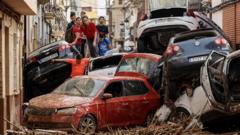
The Deadly Consequences of Valencia's Flash Floods: A Detailed Examination**
An analysis of the factors leading to the catastrophic flooding in Valencia, Spain, and its impact on the community.**
The recent flash floods in Valencia, Spain, have resulted in a tragic death toll of over 200, with the town of Paiporta, a mere 25,000 inhabitants, reporting at least 62 fatalities. The catastrophic event has raised urgent questions regarding the causative factors of such a high loss of life.
The Valencia region encountered a barrage of rain that not only unleashed torrents but also led to critical misjudgments by both officials and individuals. The local civil protection agency had issued an emergency alert shortly after 20:00 (local time); however, this warning came too late as the storm already had a devastating grip on the area. Many fatalities were linked to individuals trapped in vehicles, primarily returning home from work as water levels unexpectedly escalated. Graphic footage illustrated the moment when flooding surged through Paiporta, engulfing moving cars and catching drivers off guard.
Geographical disadvantages played a significant role, as Paiporta's layout, comprising a central ravine, intensified the flood's reach. According to Mayor Maribel Albalat, a critical lapse in advance planning, combined with a historically low threat of flooding, fostered a false sense of security among residents. Tragically, an elderly care facility had six of its residents succumb to the floods due to their location on a ground floor that was inundated rapidly.
Concerns were specifically raised regarding the role of garages, which became perilous shelters during the storm. Many residents instinctively "retreated to their garages" to rescue their vehicles, inadvertently placing themselves in harm's way. In neighborhoods like La Torre, seven bodies were recovered from a single garage, illustrating the deadly risks associated with such decisions. The A3 motorway connecting Valencia to Madrid became another precarious trap, leaving motorists in a bind over whether to stay in vehicles or to flee into rising waters.
Survivors recounted harrowing experiences, with some noting how the rising waters swept away individuals who attempted to escape their cars, an indication of just how unpredictable and violent the floods became. Even simple strategies for survival, such as attempting to strap oneself to solid structures, suggest the sheer desperation that unfolded amid chaos.
Furthermore, underlying factors exacerbated the floods' devastation in the heavily populated urban areas. While Spain typically grapples with insufficient rainfall in dryer months, the consequences of insufficient ground absorption, coupled with extensive urban development that has paved landscapes with impermeable materials, ultimately created an environment ripe for disaster. Scientists revealed the role of climate change in heightening the intensity of the rainfall by about 12%, demonstrating the increasing frequency of such severe weather events.
In the aftermath, communities continue to mourn the loss as warnings persist of potential further flooding in surrounding areas. This tragic incident serves as a critical reminder of the need for better urban planning and robust emergency responses to safeguard lives in the face of changing climate patterns and natural disasters.






